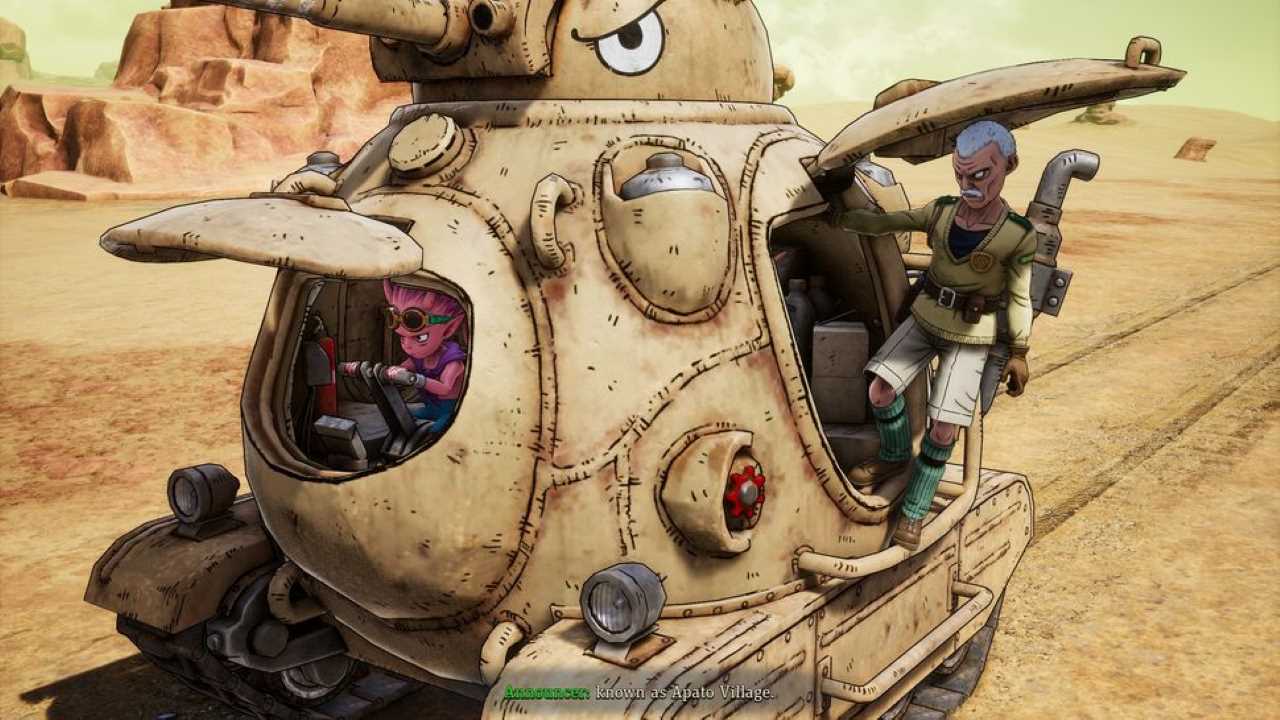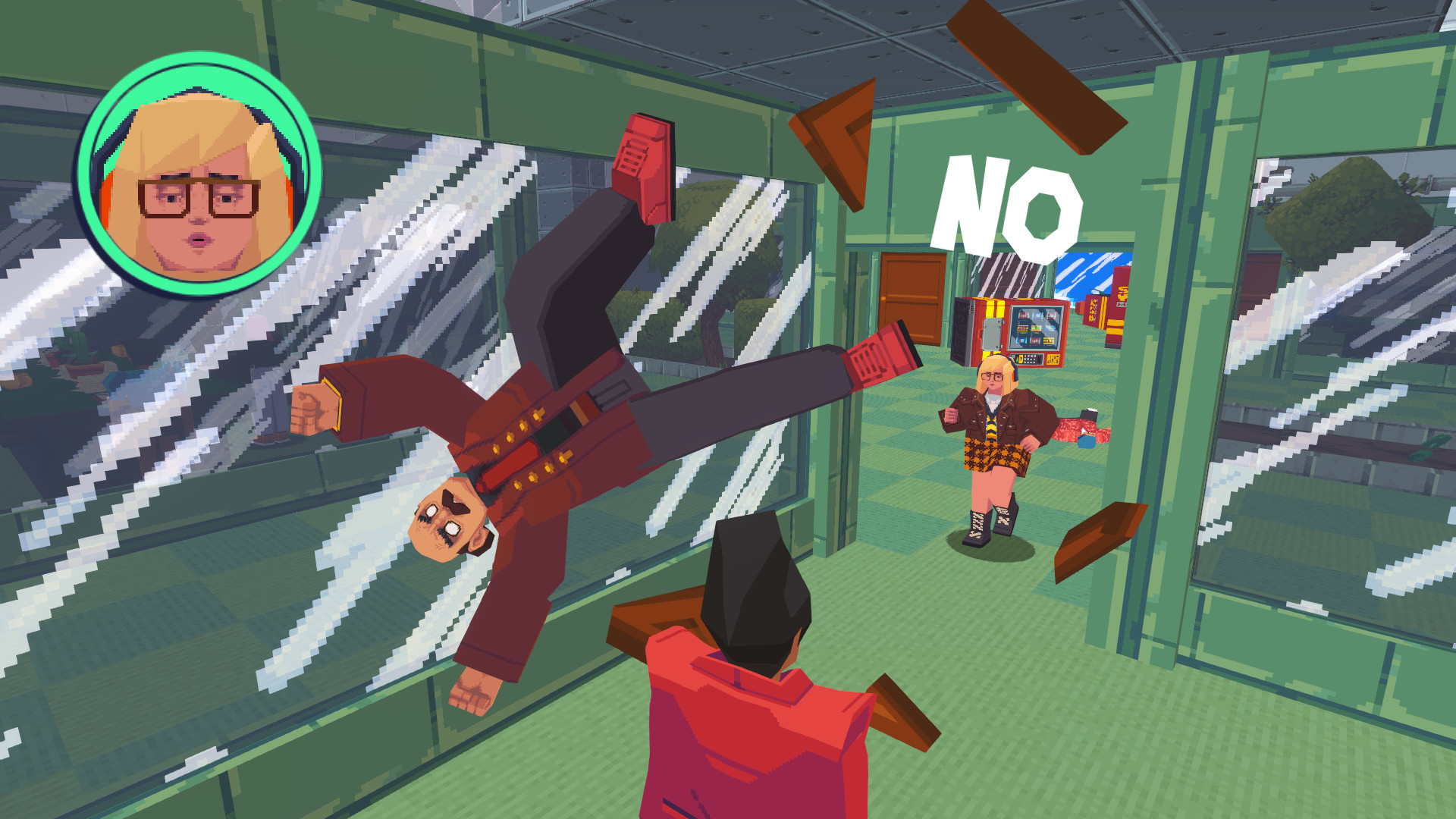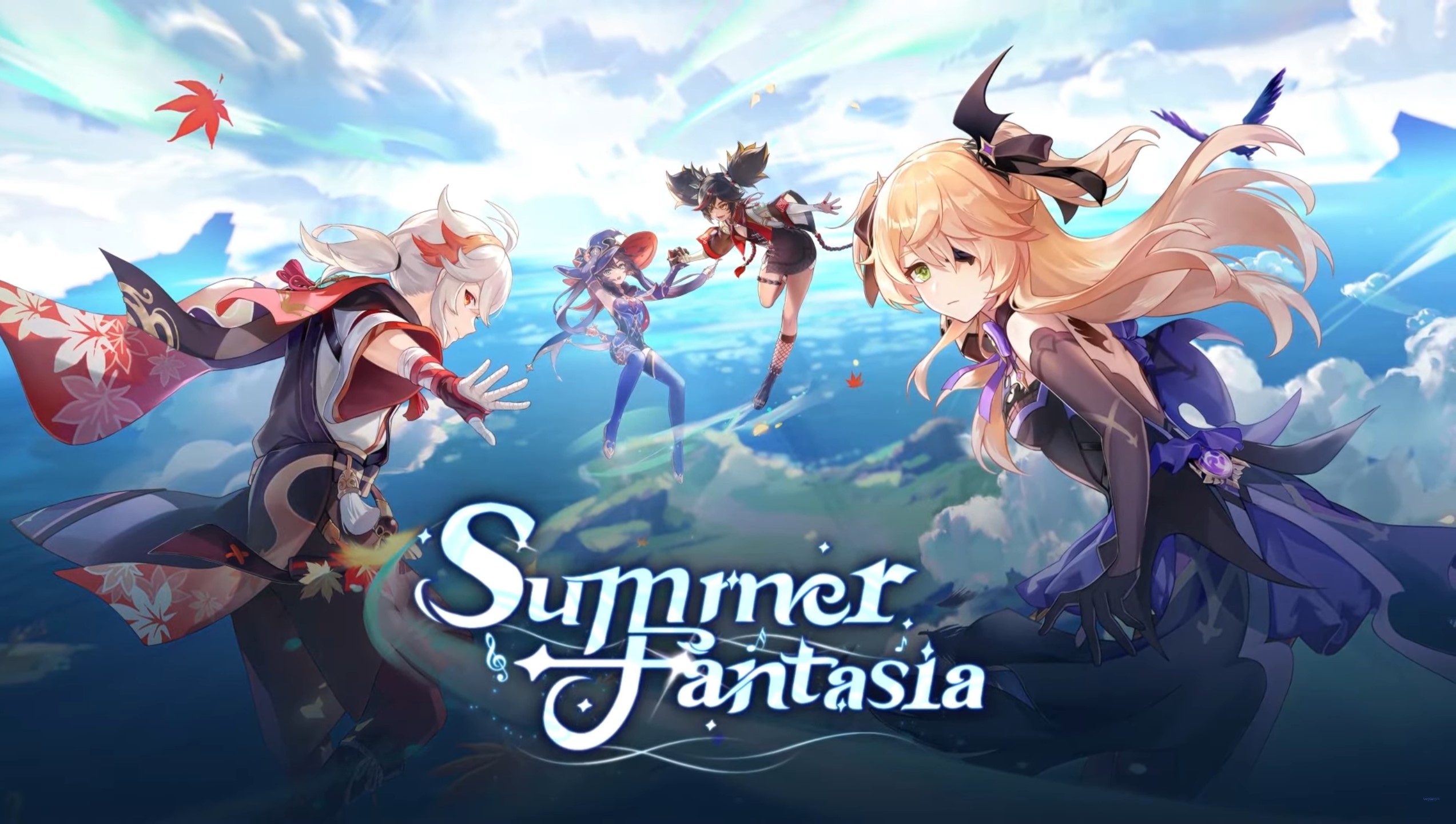

Write what you are looking for and press enter to begin your search!
Live News


SAND LAND Review: A Quest Fueled By Potential, Hindered By Execution
 ">
">
By Lewis LarcombeVerified|May 9, 2024|0 Comment
Platform(s): PC (version reviewed), PlayStation 5, Xbox Series X | S, PlayStation 4
Genre: Anime action RPG
Renowned manga artist Akira Toriyama, known for his iconic works like Dragon Ball and Dr. Slump, penned a standalone story in 2000 that epitomises his signature style. Sand Land seamlessly blends humour with the intense battles characteristic of shonen manga, transporting readers to a captivating universe inhabited by a diverse cast of characters brimming with charm. Despite its underlying social commentary, the narrative maintains Toriyama’s trademark optimistic tone.
Regrettably, Toriyama passed away before witnessing the realisation of his expanded storyline in the animated series on Disney+ and the accompanying video game. These adaptations, developed by ILCA (the studio behind titles like One Piece Odyssey and Pokémon Brilliant Diamond / Shining Pearl), introduce new characters, settings, and conflicts conceived by Toriyama himself.
The resulting action-adventure RPG not only captures the essence of Sand Land but also introduces innovative gameplay elements, notably emphasising the pivotal role of vehicles throughout the game world.

Sand Land transports readers to its namesake arid world—a vast desert scarred by a brutal conflict, where surviving villages cling to existence amid an unyielding drought and skyrocketing water prices imposed by the King. Rao, a courageous and just sheriff, clings to the hope of uncovering a legendary spring, but he can’t face the journey alone, with raiders and monsters lurking.
Despite ominous tales, Rao seeks aid from powerful demons, discovering their surprisingly human and amiable nature, epitomised by Beelzebub, the demon prince. Together with the reluctant comic relief, Thief, they embark on an adventure touching on themes of power, corruption, unity, and love, presented with warmth and empathy.
While the game faithfully retells the original story, introducing slight variations like the addition of Ann, a new character, Forest Land’s narrative fails to innovate. The familiar themes and less captivating characters, coupled with pacing issues, leave players yearning for the charm of the original tale, despite the added gameplay elements.

The concept seamlessly integrates into gameplay, offering an idea that, while not entirely original, remains compelling and robust: a classic open-world setting where vehicles play a crucial role in traversal, combat, and overall exploration. As players progress through the adventure, their garage expands to include a diverse array of vehicles such as tanks, motorcycles, bipedal robots, and more, each providing new avenues for exploration, combat strategies, and efficient travel across the vast landscapes.
However, despite the narrative justification, the world of Sand Land feels somewhat lacking in depth. While occasional encounters with enemy camps, resource-rich caves, collectable minerals, and remnants of civilization provide some variety, the overall environment often feels like little more than a vast desert, primarily serving as a backdrop for progressing from one mission point to the next, engaging in required combat encounters, or exploring dungeons.
Both the desert terrain and the Forest Land, with its added verticality and cliff formations, fail to offer compelling activities, leading players to rely heavily on fast travel except when main missions necessitate exploration. Moreover, the main story missions lack engaging gameplay due to their simplistic nature, lack of thoughtful design, memorable encounters, or enjoyable gameplay mechanics.
The dungeons, if they can even be called that, epitomise the uninspired game design present throughout. Except for one somewhat unique dungeon, the rest follow a formulaic structure, featuring identical layouts and uninspired settings. Players are directed along a linear path, discouraging exploration in favour of a straightforward progression.
Combat encounters typically involve facing off against repetitive enemy types and solving rudimentary puzzles, with challenges rarely extending beyond the occasional switch puzzle or straightforward corridor traversal. While some encounters culminate in a boss battle, these are often either overly simplistic or frustrating due to bullet sponge enemies, failing to provide a satisfying level of difficulty.
Numerous ideas are introduced but lack compelling execution, such as the inclusion of vehicles in dungeons. While there are moments of novelty, like the sideways camera shifts reminiscent of 2D action platformers, these sections are disappointingly simplistic. Stealth segments are infrequent and rely more on enemy placement than engaging mechanics.
Side missions offer some depth by exploring the challenges faced by new characters, weaving coherent stories within the arid universe. Assisting these characters adds depth to the growing city hub, unlocking shops for supplies and materials, vehicle upgrades, and even customisable homes akin to Animal Crossing. Curiously, these features are absent in the second world of the game.
However, there’s a noticeable gap between these systems and the lacklustre combat. Controlling Beelzebub in less common encounters feels limited, with enemies lacking intelligence and dispatched easily, even final bosses succumb quickly to power-ups. Vehicle battles provide more enjoyment, despite their limited variety, requiring tactical thinking when aiming projectiles. Nevertheless, the absence of challenge, even on higher difficulty levels, leaves the experience lacking in intensity.
Consequently, the vehicle customisation system, while expansive, adds little substance beyond aesthetics, even in beast-hunting missions. Obtaining rare upgrades fails to evoke excitement, with the primary focus being on enhancing vehicle speed for efficient traversal through the repetitive world and dungeons. In some cases, this mechanic hinders progress, requiring specific materials to craft vehicles essential for story advancement.
Sand Land’s visuals offer a notable improvement over the previous title, One Piece Odyssey. The world of Sand Land is generally pleasing and occasionally breathtaking. Akira Toriyama’s character and vehicle designs are expertly adapted here with cel shading, showcasing ILCA’s significant improvement in artistry. While the cinematic sequences have their standout moments, most could benefit from more polish, particularly in terms of animations.
Despite the relative lack of variety and iconic landmarks in both the desert and forest environments, there are occasional breathtaking vistas, featuring vibrant skies and abandoned colossal machinery on the horizon. The game’s aesthetic is visually appealing, characterised by comic-inspired visuals and textures that, while not overly detailed, fit the overall style well. I encountered no technical issues in the PC version I played, and loading times were virtually non-existent, which greatly enhanced the experience, especially when utilizing fast travel.
Regarding audio, the sound effects during vehicle combat lack impact, but they suffice. The soundtrack effectively complements the mysterious ambience of the game world, though it does tend to repeat itself due to its brevity. Both the Japanese and English voice acting are commendable. The original voice performances, in particular, stand out for their quality and authenticity.

In summary, Sand Land offers an enjoyable and satisfying journey as an adaptation of Akira Toriyama’s creative vision: its vibrant universe, compelling characters, and engaging storyline drive our progress, although the new additions may not match the original volume’s impact. ILCA’s effort introduces intriguing concepts, particularly the emphasis on vehicle customisation for exploration and combat.
However, the underdeveloped implementation of these ideas, coupled with monotonous travel, simplistic encounters, and uninspired dungeon design, leads to a lacklustre gameplay experience. The disjointed incorporation of various concepts, both original and conventional to the genre, leaves much to be desired.
Upon completing Sand Land, I’m left with fond memories of its narrative depth, cinematic moments, and the occasional tedious journey. Engaging with the manga version proves far more enjoyable; the adaptation could have reached greater heights, suggesting ambitious goals that fell short in execution.
Review copy provided by publisher.

By Jonathan ToyadVerified|April 28, 2021
Platform: PC Genre: Outspoken adventure game for your extended lunch break If you were to rate the indie title Say No! More just on its length alo...

By Alleef AshaariVerified|July 28, 2023
The Twisted Metal games never really had much of a narrative or story, but the question remains; what made the Twisted Metal games Twisted Metal? Is i...

By Jonathan ToyadVerified|July 2, 2022
Genshin Impact's upcoming 2.8 update will be slated for the middle of July according to developer Hoyoverse, and based on the graphic on the feature p...

By Jonathan Toyad|April 9, 2025

By Kakuchopurei|April 2, 2025

By Kakuchopurei|March 31, 2025

By Jonathan Toyad|March 28, 2025

By Jonathan Toyad|March 20, 2025

By Kakuchopurei|February 17, 2025

By Ali'sha Harris|February 16, 2025

By Lewis Larcombe|April 21, 2025

By Lewis Larcombe|April 21, 2025

By Jonathan Toyad|April 9, 2025

By Kakuchopurei|April 2, 2025

By Kakuchopurei|March 31, 2025

By Jonathan Toyad|March 28, 2025

By Jonathan Toyad|March 20, 2025

By Kakuchopurei|February 17, 2025

By Jonathan Toyad|April 9, 2025

By Kakuchopurei|April 2, 2025

By Kakuchopurei|March 31, 2025

By Jonathan Toyad|March 28, 2025

By Jonathan Toyad|March 20, 2025

By Kakuchopurei|February 17, 2025

By Ali'sha Harris|February 16, 2025
Copyright @ Kakuchopurei 2025